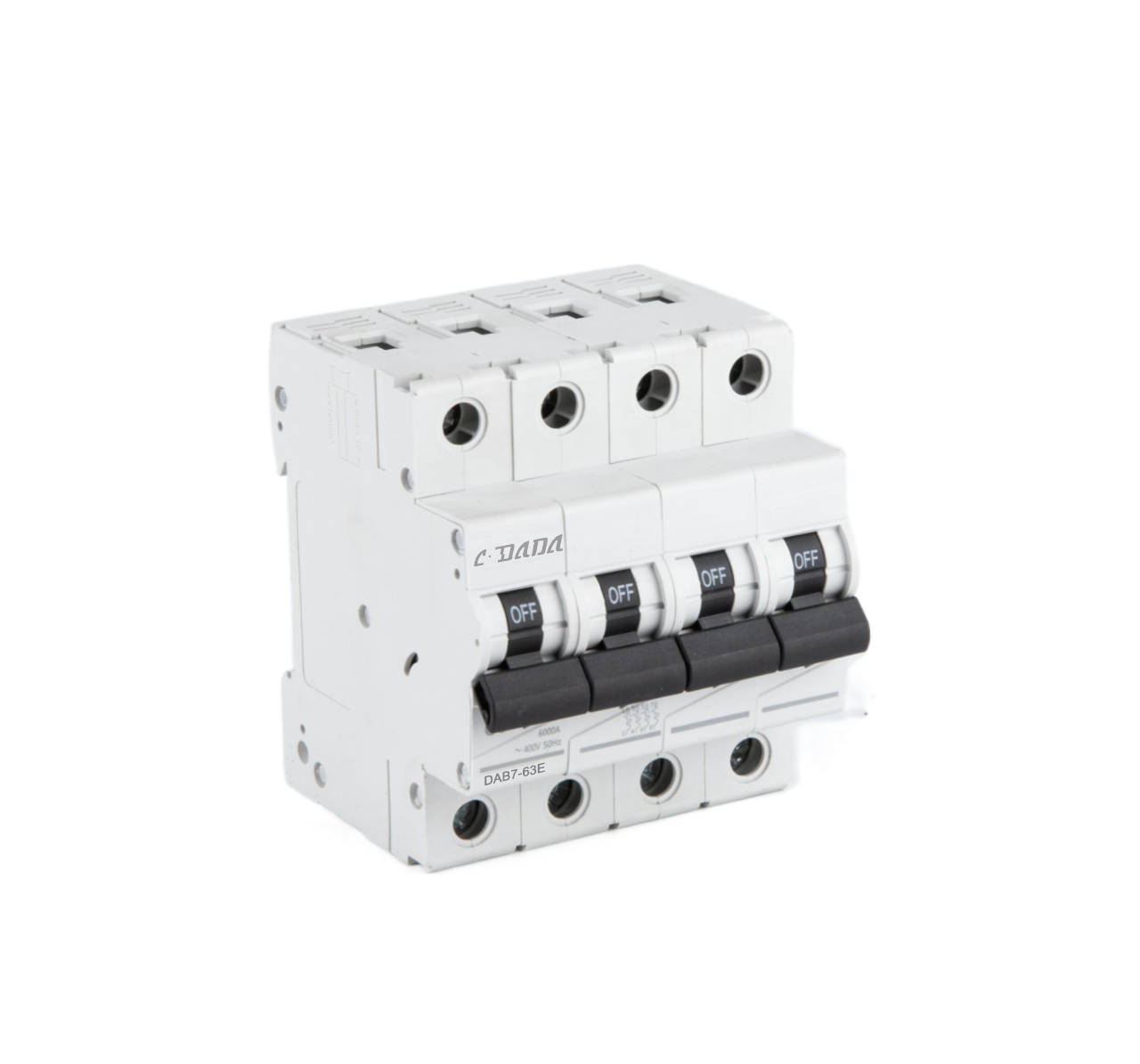Circuit protection is a fundamental aspect of electrical safety, preventing damage to electrical systems from overloads and short circuits. Among the various types of circuit breakers, Molded Case Circuit Breakers (MCCBs) and Miniature Circuit Breakers (MCBs) are two of the most commonly used devices. While they share the same primary function—protecting electrical circuits—they differ significantly in terms of capacity, design, and applications. This article explores the distinctions between MCCBs and MCBs, helping you make informed decisions when selecting the appropriate circuit breaker for your needs.
MCCBs are circuit breakers designed for higher current ratings and industrial applications. They protect electrical circuits from excessive currents, which can lead to equipment damage, fires, or even electrocution. Their robust construction and advanced features make them suitable for heavy-duty electrical networks.
An MCCB consists of a molded insulating case that encloses its internal components, including a trip unit that detects abnormal current flow. The breaker interrupts the circuit automatically when it senses overload or short-circuit conditions. Unlike fuses, MCCBs can be reset after tripping, making them a reusable and cost-effective solution for electrical protection.
MCCBs use both thermal and magnetic trip mechanisms. The thermal trip component responds to prolonged overcurrent by bending a bimetallic strip, while the magnetic trip reacts instantaneously to short circuits by activating an electromagnet. This dual protection mechanism ensures that MCCBs can handle various fault conditions effectively.

MCBs are smaller, low-voltage circuit breakers designed primarily for residential and light commercial applications. Their primary function is to protect electrical circuits from overloads and short circuits, preventing electrical hazards in household and office environments.
Unlike MCCBs, MCBs are designed with fixed tripping characteristics and are not adjustable. They typically operate with a thermal-magnetic trip unit similar to MCCBs but with lower current ratings. MCBs are widely used in distribution boards for homes, offices, and small businesses, where they protect lighting circuits, sockets, and small electrical appliances.
MCCBs support higher current ratings, typically ranging from 100A to 2500A, making them ideal for industrial applications. In contrast, MCBs are designed for lower current ratings, usually up to 125A, and are best suited for residential and small commercial use.
MCCBs offer adjustable trip settings, allowing users to fine-tune the breaker’s response based on the specific requirements of the circuit. This flexibility makes them suitable for environments where electrical loads may vary. MCBs, however, come with fixed tripping characteristics, which are pre-set by the manufacturer.
Due to their high current capacity and additional features, MCCBs are larger and require more space within electrical panels. MCBs, being compact and lightweight, fit easily into standard distribution boards, making them more convenient for household and office installations.
MCCBs: Used in industrial control panels, motor protection, and large-scale power distribution networks.
MCBs: Commonly found in residential electrical systems, office buildings, and small commercial establishments.
MCCBs are more expensive due to their advanced protection mechanisms and higher current ratings. MCBs, on the other hand, are cost-effective and widely available, making them the preferred choice for standard electrical protection in homes and offices.

MCBs are widely used in:
Residential distribution boards to protect lighting and power circuits.
Office buildings for safeguarding electrical wiring and equipment.
Retail and small commercial spaces where electrical loads are moderate and do not exceed MCB capacity.
MCCBs are the preferred choice for:
Industrial plants where large machinery and motors require higher current protection.
Power distribution panels that manage high-capacity electrical networks.
Commercial buildings where complex electrical systems demand adjustable protection settings.
Selecting the right circuit breaker depends on several factors, including the required current capacity, application type, and budget constraints. If the electrical system involves high-powered equipment, MCCBs are the ideal choice due to their high current rating and adjustable trip settings. For household or small commercial use, MCBs provide an efficient and economical solution for circuit protection.
Both MCCBs and MCBs play crucial roles in ensuring electrical safety, but their applications differ based on current capacity, adjustability, and installation requirements. Understanding these differences helps in choosing the right breaker for your electrical system, ensuring safety and efficiency.
At Shanghai DADA Electric, we offer a comprehensive range of MCCBs and MCBs designed to meet international safety standards. Whether for residential, commercial, or industrial use, our circuit breakers provide reliable protection for your electrical systems. Explore our products today and ensure the safety and longevity of your electrical network.